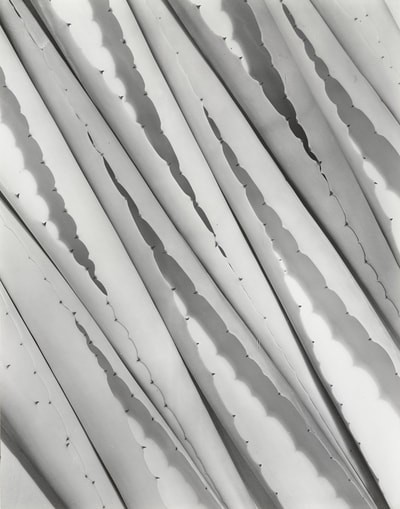"f64 PHOTOGRAPHY GROUP"
Presented by: Ann Pearson
Monday, April 1, 2019 (First Half of Print #5)
|
Starting in the mid-ninteenth century, photographers used large-format cameras that produced glass
negatives from which printable images could be made of the world’s important historic sites in both natural and urban environments. Thus began the early documentary tradition. The argument that these images were just produced by a mechanical process with little human involvement motivated photographers to create images that looked like paintings to prove that they too were artists with what were called pictorialist images. In the early 1930s, a group of West Coast American photographers broke away from this pictorialist style championed by New York‑based photographer Alfred Steiglitz. Under the leadership of Ansel Adams, the f64 group (referring to the lens stop used to obtain maximum focus & depth of field) greatly contributed to the evolution of the modernist approach to photography. They wanted to promote a new aesthetic based on precisely exposed images of natural forms and found objects. Images of the West represented a land of hope in the otherwise bleak time of the 1930s. The works of Ansel Adams were seen as “pictorial testimony…of inspiration and redemptive power.” The first group exhibit was in November,1932, with seven members exhibiting. Later, as many as eleven photographers were part of the movement. The most important members were Ansel Adams, Edward Weston, and Imogen Cunningham. Today their original signed prints sell at auction for as much as five or six figures in American dollars. |









